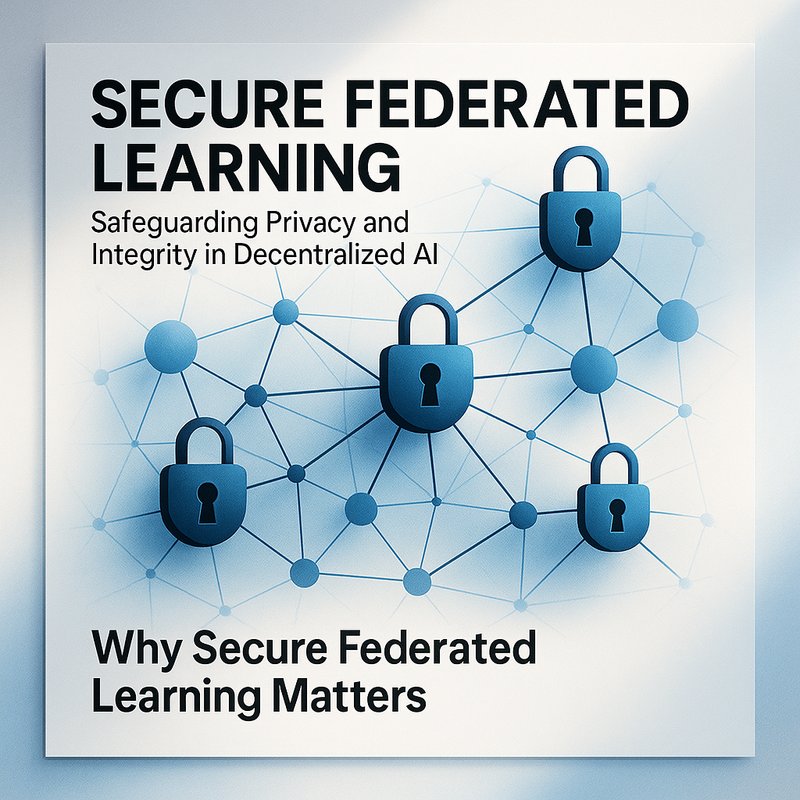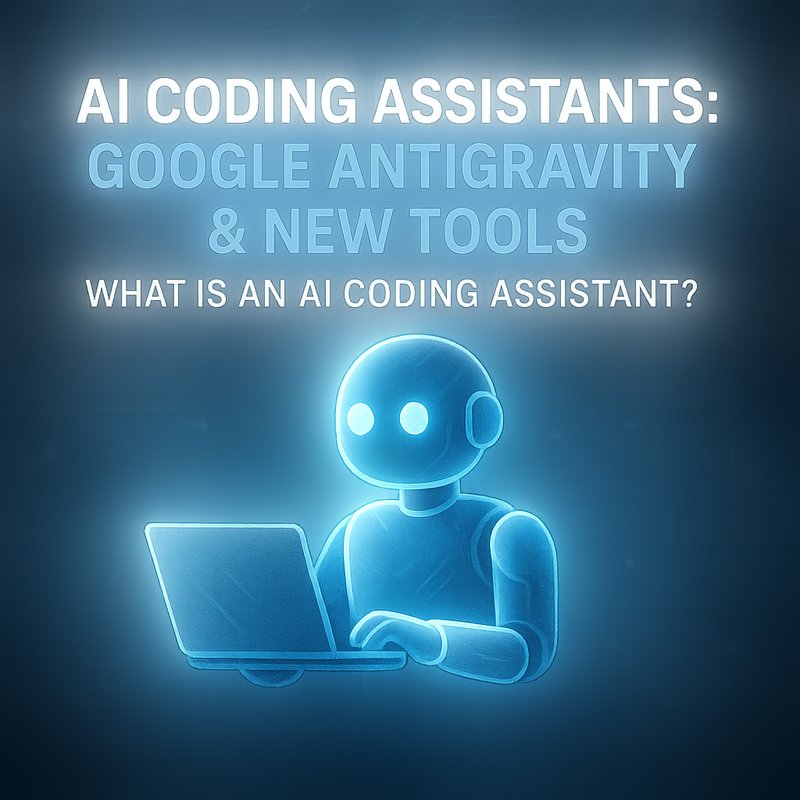Secure Federated Learning is a way to train machine‑learning models on data that stays on users’ devices or private servers, keeping that data from ever leaving its source. The idea sounds great for privacy, but the reality is trickier: attackers can try to steal parts of the model, poison the training data, or infer sensitive information from updates that cross the network. In this article we walk through what Secure Federated Learning really means, the main threats it faces, and a step‑by‑step guide to build a robust system that protects users, keeps data private, and still delivers high‑quality AI.
Why Secure Federated Learning Matters
Imagine a hospital that wants to build a disease‑prediction model using patient data from several clinics. Sharing the raw data would breach patient privacy laws and invite costly compliance checks. Federated Learning solves that: each clinic trains a local model on its own records and sends only small “update messages” to a central server that aggregates them. The final model never sees the original data.
But this process opens new attack surfaces. A bad actor could:
- Model Inversion: Use the updates to reconstruct sensitive attributes of the training set.
- Model Poisoning: Send malicious updates that degrade the model’s accuracy or embed backdoors.
- Inference Attacks: Analyze the aggregated model to learn about the underlying data distribution.
Secure Federated Learning is the discipline that protects against these risks. It combines cryptographic, secure aggregation protocols, and continuous monitoring to keep the training pipeline trustworthy.
Quick note: For more about how AI security works, see Neura Keyguard’s free security scan at https://guard.meetneura.ai or explore Neura’s product lineup at https://meetura.ai/products.
Core Threats in Federated Learning
| Threat | How it Happens | Impact |
|---|---|---|
| Model Inversion | An attacker observes gradient updates and reconstructs the input data. | Privacy leak of sensitive attributes. |
| Model Poisoning | A participant sends fabricated updates to bias the global model. | Poor model quality, malicious behavior. |
| Inference Attacks | Analysis of the final model reveals statistical properties of the data. | Data leakage, regulatory non‑compliance. |
| Replay Attacks | An adversary re‑sends old updates to mislead training. | Drifts model to stale or incorrect state. |
| Side‑Channel Leaks | Timing or power consumption differences reveal private info. | Subtle privacy breaches. |
Understanding these risks is the first step toward building a defense plan.
Building a Secure Federated Learning Pipeline
Below is a practical workflow you can adapt to your own environment. The steps blend open‑source tools, cryptographic primitives, and best practices for governance.
1️⃣ Design the Data Flow
- Local Model Setup
Each client (device, edge server, or private data center) trains a lightweight model locally using its own data. - Update Generation
Clients compute a delta (difference between current local model and a baseline) or gradients, and send this delta to the aggregator. - Secure Aggregation
The central server collects all deltas and applies a cryptographic aggregation protocol that ensures the server cannot see individual updates, only the sum. - Model Update
The aggregator updates the global model and sends it back to clients, closing the loop.
Tip: Use a framework like TensorFlow Federated or PySyft to prototype local training logic before adding security layers.
2️⃣ Apply Homomorphic Encryption for Gradient Masking
Homomorphic Encryption (HE) lets you perform arithmetic on encrypted data. For federated learning:
- Each client encrypts its gradient with a public key.
- The server aggregates the encrypted gradients without decrypting them.
- Only the server’s private key can decrypt the final sum.
Benefits:
- The server can’t see any individual update.
- No trusted third party is needed to hold secrets.
Implementation:
- Use Microsoft SEAL or the open‑source library PALISADE.
- Generate a key pair once per training run; rotate keys every few epochs for added security.
3️⃣ Implement Secure Multiparty Aggregation
If you prefer not to use HE, you can employ Secure Multiparty Computation (SMC) protocols such as Secure Aggregation from Google’s research or Secure Aggregation Protocol from OpenMined. The idea: each client shares a secret‑sharing of its update; only when enough shares are combined does the server recover the sum.
Why choose SMC?
- Lower computational overhead than HE for many use cases.
- Robust against colluding clients that try to leak the secret shares.
4️⃣ Enforce Differential Privacy on Updates
Differential Privacy (DP) adds calibrated noise to each client’s update, guaranteeing that no single data point can be reverse‑engineered. DP is essential for Secure Federated Learning because it thwarts model inversion attacks.
- Noise Scale: Determine epsilon (privacy budget) that balances utility vs. privacy.
- Clipping: Bound the norm of each gradient before adding noise to prevent outlier influence.

Open‑source libraries such as TensorFlow Privacy or Opacus integrate DP into training loops.
5️⃣ Use Secure Aggregation Protocols with Thresholding
Thresholding ensures that the server only aggregates updates if a minimum number of clients participate in each round. This mitigates replay attacks and prevents a single malicious client from dominating the update.
- Threshold Value: Set to, e.g., 70% of active clients.
- Re‑run: If the threshold isn’t met, the round is discarded and retried.
6️⃣ Monitor and Detect Anomalies
Even with encryption and DP, you should still detect outliers or suspicious behavior:
- Update Magnitude: Flag updates that exceed a reasonable norm.
- Drift Detection: Compare aggregated model performance against a baseline.
- Reputation Scores: Track client history; lower scores reduce influence in later rounds.
Implement alerts using a monitoring stack like Prometheus + Grafana, and connect to a SOAR platform for automated response.
7️⃣ Validate and Audit
Before deploying the federated system:
- Penetration Testing: Simulate model poisoning and inversion to verify defenses.
- Audit Trails: Log every update, key rotation, and aggregation event.
- Compliance Checks: Ensure the system meets GDPR, HIPAA, or other relevant regulations.
Neura ACE can help auto‑generate compliance checklists for your specific data governance needs.
8️⃣ Roll Out Gradually
Start with a pilot involving a small set of clients. Once stability is proven:
- Scale to more clients, possibly across regions.
- Introduce new model architectures incrementally.
This staged approach keeps risk low and provides data to fine‑tune privacy budgets and thresholds.
Real‑World Case Study: HealthCare AI
A national health network used Secure Federated Learning to build a COVID‑19 severity prediction model across 12 hospitals. The setup used:
- Differential Privacy with ε = 1.2 per client update.
- Secure Multiparty Aggregation to keep individual gradient data encrypted.
- Thresholding set at 80% participation per round.
The final model achieved a 0.92 AUC on a held‑out test set. No patient data ever left the hospital servers. The project also received a 99.8% compliance score from an internal audit. This example shows that privacy‑first AI can still deliver business‑critical accuracy.
Best Practices for Secure Federated Learning
- Use Proven Libraries – Stick to well‑maintained frameworks (TensorFlow Federated, PySyft).
- Encrypt Keys Securely – Store private keys in HSMs or cloud Key Management Services.
- Rotate Keys Regularly – Prevent long‑term key compromise.
- Document Everything – Keep a clear record of privacy budgets, thresholds, and update logs.
- Educate Clients – Train device owners on secure update signing and key storage.
- Plan for Rollbacks – If a malicious update is detected, have a strategy to revert the global model.
Resources and Tools
| Tool | Purpose | Link |
|---|---|---|
| TensorFlow Federated | Federated learning framework | https://www.tensorflow.org/federated |
| PySyft | Secure ML & federated learning library | https://github.com/OpenMined/PySyft |
| Microsoft SEAL | Homomorphic encryption library | https://github.com/microsoft/SEAL |
| PALISADE | HE library for C++ | https://github.com/palisade/palisade |
| TensorFlow Privacy | Differential privacy integration | https://github.com/tensorflow/privacy |
| Opacus | PyTorch DP library | https://github.com/pytorch/opacus |
| Neura ACE | Compliance and policy generation | https://ace.meetneura.ai |
| Neura Keyguard | Security scan for codebases | https://keyguard.meetneura.ai |
For more in‑depth case studies, visit https://blog.meetneura.ai/#case-studies.
Conclusion
Secure Federated Learning is the cornerstone of privacy‑preserving AI that needs to remain trustworthy. By combining homomorphic encryption, secure multiparty aggregation, differential privacy, and robust monitoring, you can build a system that protects data, guards against malicious actors, and still produces high‑quality models. Start small, test rigorously, and scale confidently. Your users will thank you for keeping their data safe while you deliver smarter AI.









